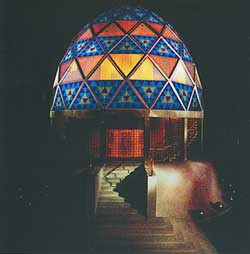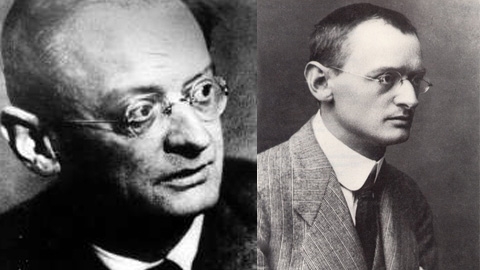(b. Konigsberg, Germany 1880; d. Istanbul, Turkey 1938)
Bruno Taut was born in Konigsberg, Germany in 1880. He trained in Konigsberg and Berlin-Charlottenburge before he joined Theodor Fischer's office in Stuttgart. He opened his own office in Berlin in 1910 where he maintained a busy practice until the advent of the First World War.
After the war, Taut's theories and designs marked him as a leader in architectural innovation. In 1918 he accepted chairmanship of the Arbeitstrat fur Kunst. A year later he published drawings depicting a visionary Utopia under the title Alpine Architektur.
In 1920 Bruno Taut (1880 1938) issued his Expressionist supplement Fruhlicht as as part of a Berlin planning magazine. The next year, after he accepted a position as city architect for Berlin, Taut published a "Glass Chain" publication. In 1923 he returned to Berlin where he worked in partnership with Franz Hoffman and his brother Max Taut. He produced his book Modern Architecture in 1930 for the Studio Press.
In the late 1920s Taut gained recognition as a leader of the 'New Objective' architecture. He left Germany for the USSR in 1932. A year later he moved to Japan where he stayed until 1936.
Taut died in Istanbul in 1938.
Info source: www.greatbuildings.com
The German Werkbund was an association of artists, designers, and architects that prefigured the Bauhaus. Unveiled at the Werkbund's 1914 exhibition in Cologne, Bruno Taut’s Glass House was a successful amalgamation of aesthetic, technical, and commercial elements.
The building was conceived by Taut and the poet Paul Scheerbart (1863-1915), whose verses adorned the exterior base of the dome. The house was an explosion of color. The interior was constructed of glass floors and walls and mosaic windows. It also included an exhibition of information on the project's glass-industry sponsors.
Info source: germanhistorydocs.ghi-dc.org



